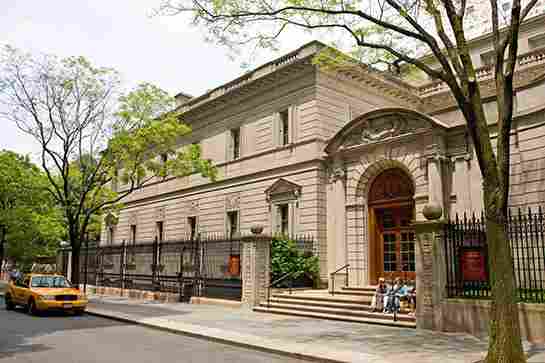Garden lovers rejoiced this week when the Frick Collection, one of America’s premier museums, shelved a major expansion plan that would have destroyed its widely admired Russell Page garden, a vest-pocket paradise where pear trees, quince, wisteria, waterlilies, and more have flourished since 1977.
Though that formal landscape is only 3,700 square feet in size and can only be viewed rather than strolled—it is enclosed by museum walls and, on the street side, by an iron fence—the planned demise sparked worldwide condemnation. Museum officials were stunned by the outcry and insisted that the garden was never intended to be a permanent fixture of the museum, which is housed in an elegant Beaux Arts hôtel particulier completed in 1914 for steel magnate Henry Clay Frick.

Preservationists, however, rallied, decried, and attracted wide support. The Garden Conservancy hailed the garden as “a living, breathing work of art,” and even Everett Fahy, a former director of the museum, joined the ever-louder chorus of notables. And then Charles Birnbaum of the Cultural Landscape Foundation revealed on tbe Huffington Post a 1977 a surprising bit of pro-Page evidence: a 1977 Frick Collection press release in which the museum proudly described the new landscape as a “permanent garden.”
Museum officials have stated that the proposed expansion will be rethought and that the garden will remain unchanged.
1 East 70th Street, New York; frickrg
